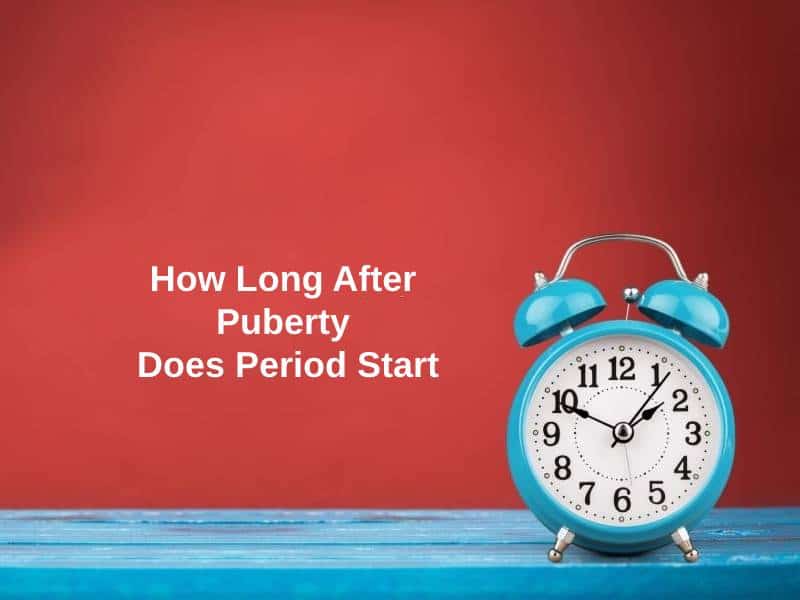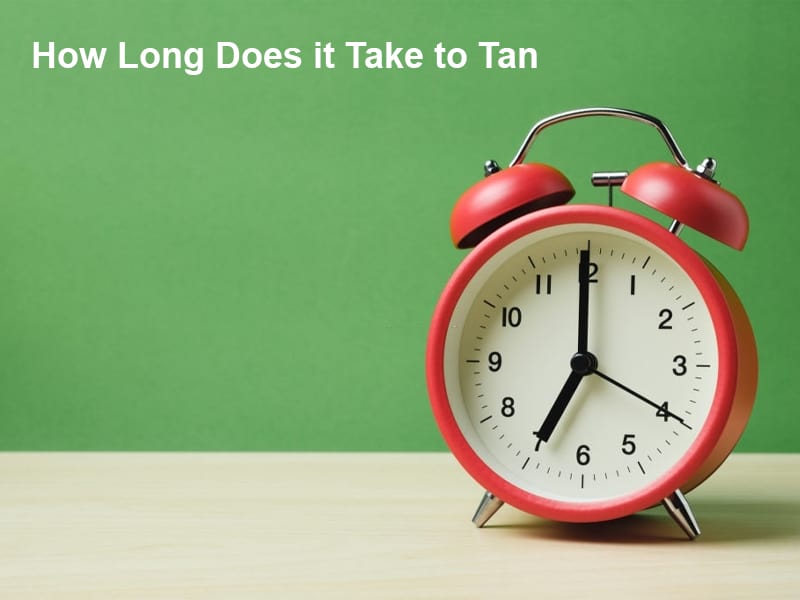Exact Answer: 2 – 8 Days
Menstruation, commonly known as a period, is that part of the menstrual cycle where there is a release of blood from a women’s uterus, out through her vagina. Menstruation is also known by the terms like menses, menstrual period, or simply by the word period.
The menstrual blood which comes out from the body during the period comprises partly blood and partly tissue from the inside of the uterus, also known as the shedding of the endometrium (the lining of the uterus). It flows from the uterus through the cervix and out of the body through the vagina.
The length of the menstrual period is the number of continuous days of bleeding within each of the menstrual cycles. The first day of the period is considered the first day of a women’s menstrual cycle. Periods are a healthy and normal part of the menstrual cycle.

How Long Does A Period Last?
| Condition | Period Length |
| A normal period length | 2 – 8 days |
| Period length for someone who is using hormonal birth control pills | Less than 8 days |
| Period length for someone who is using copper IUD’s | More than 8 days |
Menstruation is a process that works on a monthly cycle. It is the process a woman’s body goes through as it prepares itself for the possible pregnancy. During this process, an egg is released from the ovaries. If that egg is not fertilized, the lining of the uterus is shed through the vagina during a woman’s menstrual period.

Certain women experience various symptoms like cramps and mood swings during their period. These symptoms can begin before the actual period starts. This is called premenstrual syndrome, or PMS. Most woman’s menstrual symptoms resolve after their period is over.
Many women also experience irregular periods at some point in their life. They are particularly common among young women. They can experience highly irregular periods during their first few years of menstruation. Their periods stabilize between one to three years after menstruation begins.
Why Does A Period Last So Long?
The menstrual period is the last phase of the menstrual cycle. A full menstrual cycle is counted from the first day of one period to the first day of the next. It lasts between 21 days and 35 days. There are different stages within the menstrual cycle, they are as follows:
The Follicular Phase – This phase starts on the first day of menstruation and ends when ovulation begins. During this stage, the ovaries produce follicles, which then house the eggs. There is an increase in estrogen inside the body during this time.
Ovulation – In this stage, the mature egg is released into the fallopian tube and then into the uterus. This occurs about two weeks into the menstrual cycle, or about midway through the cycle.
The Luteal phase – The body maintains its preparation for pregnancy. This involves an increase in progesterone level inside the body and even a little bit of estrogen. When a fertilized egg is not implanted in the uterus, this phase ends and menstruation begins. In a 28 days menstrual cycle, this phase ends around day 22.

Menstruation – During this stage, the lining of the uterus, also known as endometrium, is shed during a woman’s period. Bleeding lasts between 2 to 8 days. However, the length of the menstrual cycle can vary and so can the length of vaginal bleeding.
The length of the period is also influenced by factors like weight loss, exercise, stress, etc. Losing an excessive amount of weight can shorten the length of menstruation. Eating disorders, such as anorexia, may even contribute to shorter or even non-existent menstrual flow. Anxiety can also affect menstrual regularity.
Conclusion
The average period lasts between 2 to 8 days. A woman’s menstrual cycle may vary between 21 and 35 days. Between these timeframes, there is significant room for irregularity, especially as it differs from person to person relating to factors like woman’s age, health, lifestyle and so much more.
Women need to keep in mind that there is nothing wrong if one’s period is a couple of days longer or shorter than the average two to seven days as the period can vary a bit from cycle to cycle which is normal. However, very light or extremely heavy periods can be a sign of some underlying issue, in such cases, one must ensure to discuss these changes with their doctor.





















The information is presented in a clear and concise manner, making it a valuable read for women of all ages.
This article is a valuable resource for understanding menstrual cycles and their variations.
Absolutely, understanding the menstrual cycle is essential for all women.
The scientific and medical explanations are highly beneficial for understanding the menstrual cycle.
Absolutely, the scientific references add credibility to the content.
Agreed, the medical insights provided are extremely helpful.
The article is educational and enlightening, providing valuable information about menstrual health.
I completely agree, the content is enlightening and comprehensive.
Absolutely, the information is beneficial for women’s health understanding.
The in-depth details are a bit technical for the average reader.
Agreed, a more simplified explanation of the menstrual cycle could be helpful.
The article offers a comprehensive understanding of menstrual health and its significance for women.
This article is amazing, the content covers all the necessary aspects of menstruation.
Absolutely, the level of detail is impressive.
I couldn’t agree more, the comprehensive explanation is commendable.
The article presents a detailed account of the menstrual cycle, which is highly informative.
Exactly, the detailed description provides valuable insights.
Indeed, the level of information offered is commendable.
The article provides a great scientific explanation of menstruation.
Yes, the scientific references help reinforce the credibility of the information.
Thank you for explaining the process so clearly, very informative!
Agreed, the explanation is very thorough.